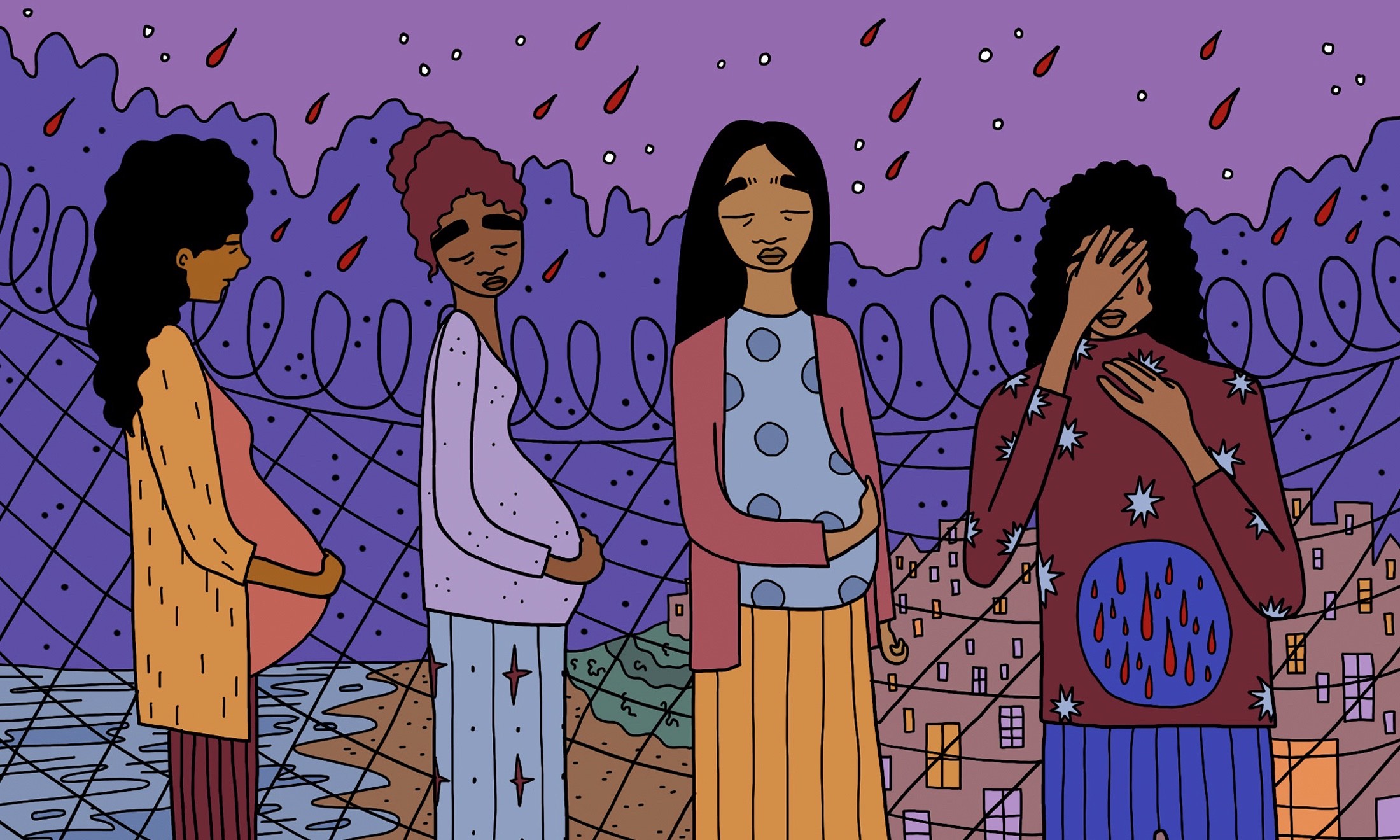
Image via the Home Office
Fast food restaurants – including chicken shops – are places where some young people have been groomed into drug dealing and sexual exploitation, have been stabbed, and have even lost their lives. So when I caught wind that the latest government initiative to tackle serious youth violence was going to target some of these same outlets I thought – “yep, that makes sense”. And then I saw the coverage about stories in chicken boxes and thought – “no, makes no sense at all”.
There are a plethora of problems with the Home Office’s chicken box campaign – many of which have been well rehearsed in the aftermath. Targeting young people who eat in chicken shops, with tales of others who have made “sensible choices” to go to boxing classes or music studios rather than carry knives and sell drugs does absolutely nothing to address the causes of violence. Implying that some young people have made these “choices” despite living in difficult circumstances also suggests that violence has nothing to do with poverty, lack of opportunity, school exclusions and the decimation of community resources. In other words, it is a campaign that flies in the face of an established research evidence base, the voices of young people and their parents, and the practitioners who support them every day. Chicken shops are also not the only businesses where young people are encountering harm. Violence occurs in and around a number of large fast food chains, shopping centres and transport hubs – so why single out chicken shops?
There are three other fundamental issues with this campaign, that demonstrate how far we have to go before we will have a hope in hell of effectively safeguarding the welfare of young people.
“The chicken box campaign is a classic example of how to individualise an evidently contextual problem”
Firstly, the chicken box campaign is a classic example of how to individualise an evidently contextual problem. We are becoming increasingly aware that young people are being targeted, victimised and groomed in and around fast food outlets. We know why this is. Visualise your local high street at 4pm each day; if you wanted to find young people you would know where to go. If you visit these places where young people can be warm, access free wifi and spend some time with friends, ask yourself – who is looking out for them while they are there? Not for the purposes of surveillance or to report them for anti-social behaviour – just looking out for their welfare. In many cases there will be no-one. The other people who know this are people who are looking to groom young people for sex or drug dealing. This needs to be disrupted – and stories in chicken boxes won’t do this. We need to resource community guardianship in these places, and reinvest in detached youth work, to ensure young people are, and feel safer in their local neighbourhoods.
What’s more, young people are often hanging out on high streets as there is nowhere else for them to go. With the closures of youth centres, community organisations struggling to keep their doors open and over-crowded housing, options are increasingly limited. In one area I was working with, a pop up youth club was created in the local library, but in many areas even libraries have closed. In addition, young people who have been excluded from school, or on an education timetable that involves eight hours of lessons a week, are wandering the streets bored, and easily accessible, for the best part of each day. If we know young people are vulnerable in and around fast food restaurants we need to invest in safer, alternative places for them to be.
“Young people make choices which are constrained by the set of circumstances they are in”
Pushing the idea that young people are safe, or unsafe, based on the choices that they make is about as victim-blaming as it gets. The whole Home Office campaign suggests that despite the risks a young person might face in their local community, and the lack of protective services available, they just need to choose differently to keep themselves safe. Have we learnt nothing from previous scandals in which children who were being sexually exploited were referred to as making poor lifestyle choices? Young people make choices which are constrained by the set of circumstances they are in. We should be alleviating those constraints. The chicken box campaign does little to change these circumstances.
If we want to take a contextual response to violence, and truly improve the situation young people face, we need a radical transformation in the response that is given. There is nothing contextual about targeting young people who spend their time in and near environments where we know some have come to harm. We need to target the environments themselves, reinvest in safer ones, and stop placing the responsibility for safety solely on the shoulders of young people and the “choices” they make.









